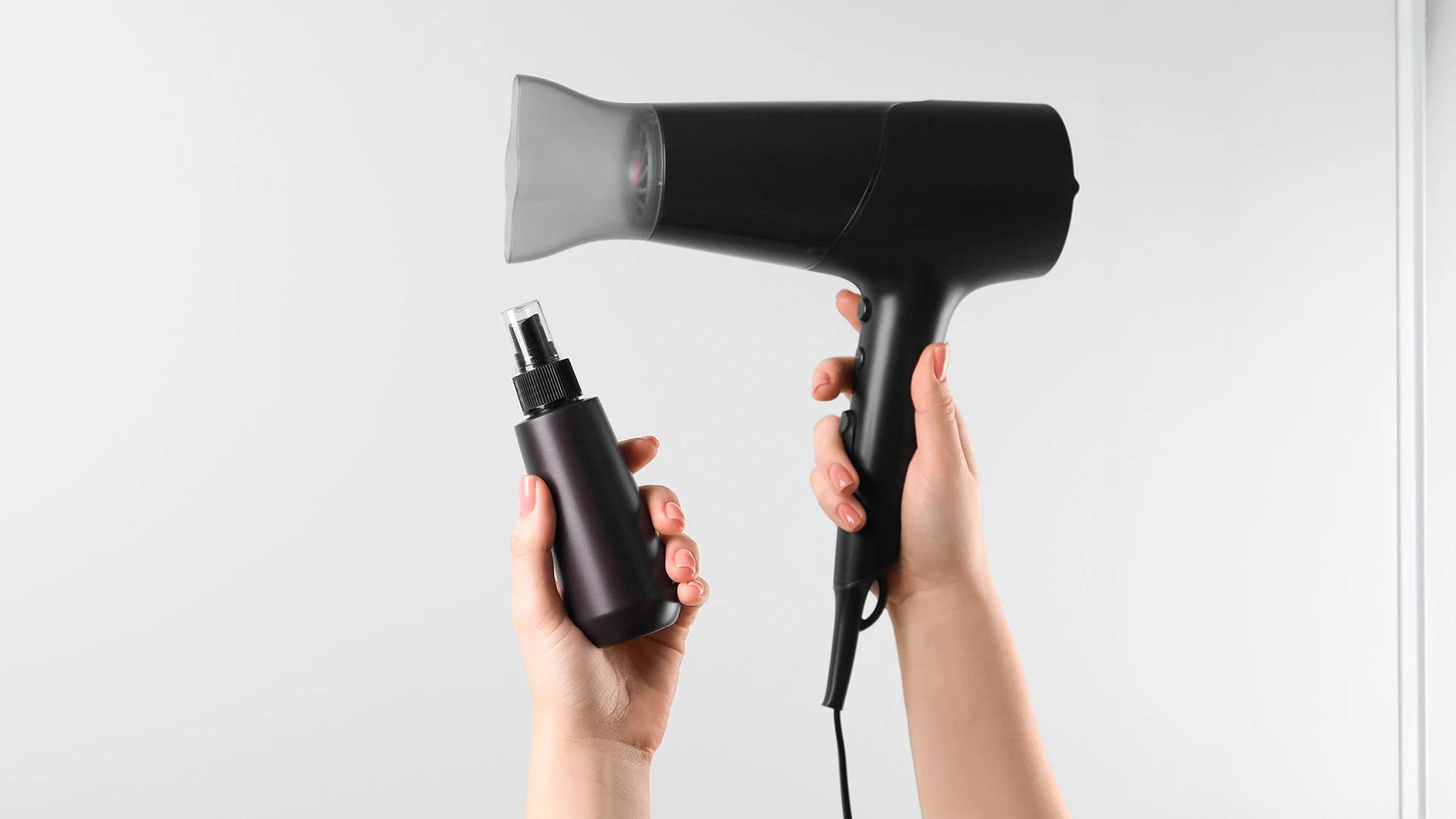If you've been scrolling through your feed lately, you've probably spotted them everywhere—those effortlessly chic face-framing layers that seem to suit literally everyone. The curtain bangs haircut has become the fringe hairstyle that's captured hearts across social media, and honestly, we get why. Unlike the heavy, blunt bangs of yesteryear, this style brings a soft, lived-in vibe that's both trendy and surprisingly wearable. Whether you're thinking about taking the plunge or just curious about what all the fuss is about, let's dive into everything you need to know about this iconic look.
The Evolution of Curtain Bangs: From Retro to Modern Chic
Curtain bangs aren't exactly new—they've been having moments since the '70s. Think of those iconic shots of style legends with perfectly feathered fringe that parted down the middle, creating that signature curtain effect. But like all good trends, they've had their ups and downs over the decades.
The recent resurgence has been massive, though. What started as a few celebrities rocking the look on red carpets quickly spread to every corner of social media. The modern twist? Today's curtain bangs are way more relaxed and customisable than their retro predecessors. They're less about perfect symmetry and more about that effortless, "I woke up like this" energy that everyone's after.
Decoding the Curtain Bangs Haircut
So what exactly makes a curtain bang a curtain bang? Picture a fringe that parts naturally in the centre, with longer pieces that frame your face on either side. The magic is in the length variation—they're typically longer at the outer edges and shorter towards the centre parting. This creates that signature swooping effect that resembles, well, curtains.
Unlike those super-straight, blunt bangs that require daily styling, curtain bangs have this lovely organic movement. They work with your hair's natural texture rather than against it, which is why they've become such a go-to for people wanting something fresh but not too high-maintenance.
Face-Framing Layers vs. Curtain Bangs
Here's where it gets a bit confusing. Face-framing layers and curtain bangs often get mixed up, but they're actually different things. Face-framing layers are longer pieces that start around your cheekbones or jawline, whilst curtain bangs sit higher up, typically starting around your eyebrows.
Think of curtain bangs as the shorter cousin of face-framing layers. You can absolutely have both—many people do! The curtain bangs handle the forehead area whilst the longer layers take care of framing the rest of your face.
Variations of Curtain Bangs
The brilliant thing about this fringe hairstyle is how adaptable it is. **Wispy bangs** give you that ultra-soft, barely-there feel—perfect if you're nervous about commitment. **Textured bangs** add more body and movement, ideal for thicker hair types.
Then there's the **side-swept fringe** variation, which leans more heavily to one side rather than maintaining that centre part. It's a great middle ground if you want the curtain bang vibe but with a slightly different twist.
The Versatility of Curtain Bangs
What makes curtain bangs so universally flattering? It's all about that soft, graduated length. Unlike harsh, straight-across bangs that can be quite unforgiving, the curtain style creates gentle shadows and highlights around your face. This works brilliantly with different face shapes because you can adjust the length and density to suit your features.
The beauty is in the customisation. Got a longer face? Keep them a bit fuller. Round face? Let them sit a touch longer. It's like having a fringe that's tailored specifically for you, which is probably why everyone from influencers to your colleague seems to look amazing with them.

